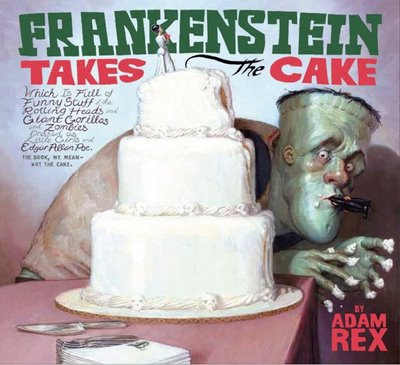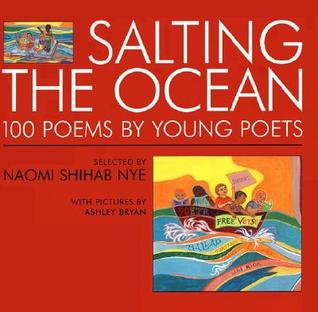THE UPSIDE DOWN BOY (Children’s Book Press, 2000) is a picture book in verse – bilingual, Spanish and English – by California’s poet laureate, Juan Felipe Herrera and illustrated by Elizabeth Gomez.
Juanito is bewildered by his new country, his new neighborhood, and especially, his new school. Everything feels upside down. His father reassures him:
“Don’t worry, Chico… Everything changes. A new place has new leaves on the trees and blows fresh air into your body.”
Juanito is not convinced: “I don’t speak English… Will my tongue turn into a rock?” For Juanito, it feels like his tongue does turn into a very heavy rock.
A caring teacher and his loving family help Juanito regain his voice through poetry, art, and music. Juan Felipe Herrera’s delightful language and the colorful illustrations of Elizabeth Gómez capture every child’s experience of feeling scared, maybe cold as stone, when facing a new experience. Not only a wonderful picture book of poetry, The Upside Down Boy is a special opportunity to read in both English and Spanish.
Juan Felipe Herrera and The Most Incredible & Biggest Poem on Unity in The World
In March of 2012, Juan Felipe Herrera was appointed the Poet Laureate for the state of California. As poet laureate, Herrera reached out to the community to help him compile “the most incredible & biggest poem on unity in the world”. Herrera launched a Facebook page dedicated to compiling all contributions: “Put your Unity into Action – write a poem for unity – or a phrase or a line. All languages, bilingual too – to create one collective poem for all to see.” Everyone, help create the largest poetry project about unity that has ever been attempted. More information can be found HERE.
Herrera also gives tribute to the Newtown, Connecticut, shooting tragedy through another community poetry project. He is calling for contributions to a Newtown Poetry Wall in honor of those who were killed: “Let’s put our efforts into ending violence wherever it may rise.”
Add your voice to these unique projects and be a part of history. Mail your words to:
Juan Felipe Herrera
University of California, Riverside
4143 INTS
900 University Ave.
Riverside, CA 92521












